Hard Rock Maple: Does it really make a difference?
August 3, 2022 •Stephen Reed
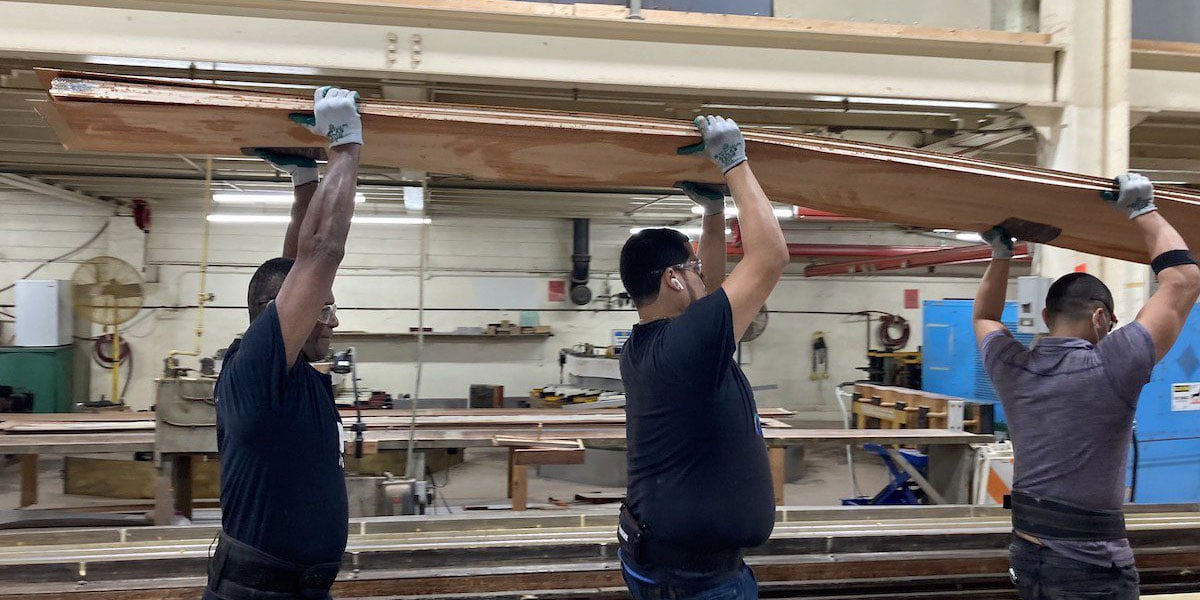
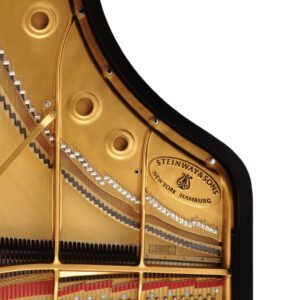
To be sure, the rich, warm sound of a Steinway & Sons piano has several factors. However, the use of the Hard Rock Maple in their grand pianos is one of the most important components used to create the legendary Steinway sound.
The rigidity of the Hard Rock Maple rim contains the huge sound of Steinway grand’s Diaphragmatic Soundboard, made of Sitka Spruce, the most resonant of woods.
In short, Steinway pianos combine the resonance of Sitka Spruce with the rigidity of Hard Rock Maple to intensify the richness of the sound.
At M. Steinert & Sons, we have sold tens of thousands of pianos to satisfied customers with an eye towards helping them find the best piano for their needs.
In this article, we will examine Steinway’s use of Hard Rock Maple and its contribution to the unique Steinway sound. We hope you’ll come away with an appreciation for the materials and level of craftsmanship that Steinway puts into its handcrafted grand pianos.
Hard Rock Maple vs. Soft Maple
So what’s the difference between Hard Rock Maple (also called Sugar Maple) and soft maples? As its name suggests, Hard Rock Maple is a considerably harder wood. The Janka Hardness Index is about 700 for soft maple and about 1400 for hard maple. But Hard Rock Maples are not only harder than soft maples but are heavier and more straight-grained.
Because of its rigidity, Hard Rock Maple has traditionally been seen as more challenging to work with, though it has maintained popularity not only in piano making but also in furniture and flooring, including bowling alleys. It is resistant to scratches and polishes well, plus it ages more slowly than other woods, like cherry.
Hard Rock Maple laminates used to create one strong Steinway rim
To make their wide-tail rims, Steinway uses between 12 to 18 Hard Rock Maple and Mahogany laminates, depending on the model. These laminates are then glued together and bent into the rim shape, creating a single, powerful piece of wood.
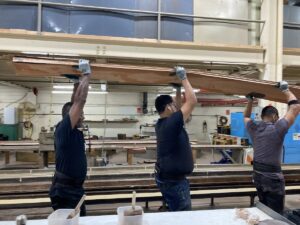
The process of gluing and bending is a favorite one to watch by visitors to the Steinway & Sons Astoria, New York factory. Each Hard Rock Maple laminate is placed by hand.
Then the work involves heavy-duty wrenches and the collective strength of six strong men. Once the layers of laminates are bent, the rim is fixed in place by a large clamp. Hard Rock Maple can withstand pressure well and project sound.
Why is Hard Rock Maple the wood of choice for Steinway rims? First, the rim of a concert grand piano needs to withstand up to 45,000 pounds of pressure created by the grand’s strings tightened to the piano’s pin block.
Second, Hard Rock Maple is indeed a huge factor in the sound quality of the instrument. A softer wood in the rim would absorb sound, but Hard Rock Maple laminates project sound much more effectively. Hard Rock Maple is simply the best wood to project sound out of a piano without affecting harmonic richness or absorbing the sound.
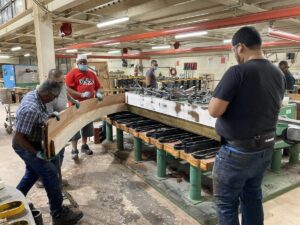
All Steinway grand piano rims are laminated in this way. Each laminate piece is inspected by hand, insuring that only the very best of hardwoods are used. Steinway’s smaller grands use fewer layers of laminates since there is less pressure coming from the strings.
“Hard Rock Maple is resistant to fluctuations and temperature and humidity,” explains Patrick Elisha, a piano consultant for M. Steinert & Sons.
“It is put in places of the instrument that require that kind of stability including the rim and the bridges,” explains Elisha. “Those are key structural points that respectively reflect the sound back into and through the soundboard, and also transfer the sound for the bridges from the strings most effectively into the soundboard itself. Hard Rock Maple is strong enough not to succumb to the immense pressures that are put on it.”
Rims: Steinway vs. Yamaha vs. Kawai
So why is a 100% Hard Rock Maple inner and outer rim better than the mixed wood, Luan/Mahogany frames used by Yamaha or the frames the Matoa/Calophyllum wood used in Kawai grands?
Simply put, the hardness of the wood adds to the projection of the piano’s sound and adds greater sustain. How? A rim made of Hard Rock Maple throws most of that vibrational energy back onto the soundboard thereby producing longer-lasting sustaining tones.
Hard Rock Maple is almost 3 times the hardness of Luan and Matoa /Calophyllum. That means that the Hard Rock Maple rim can both contain the sound produced by the Steinway Diaphragmatic Soundboard while projecting it further into the audience than other pianos.
So why doesn’t every piano company draw upon Hard Rock Maple for their rims? It’s a function of cost. Hard Rock Maple is expensive and can’t be found in the rainforests where Luan and Matoa woods are found for use in Japanese pianos.
Hard Rock Maple: Worth the expense
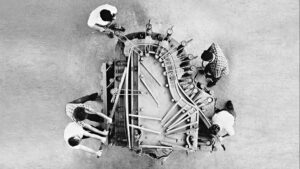
One of the great innovations Steinway developed over the years for its grand pianos was its wide-tail rim, producing more sound than other pianos.
The combination of the width of the rim and the Sitka Spruce soundboard creates such an enormous amount of energy that a hardwood was needed to balance it out: to first contain that powerful sound and then to project it well into the audience.
That is where Hard Rock Maple comes in, an American hardwood well-regarded for centuries as a favorite wood for flooring and furniture that not only could withstand pressure but also avoid abrasions and even polish well. Hard Rock Maple must have seemed like a godsend to the Steinway engineers who were looking for just that kind of durable hardwood.
We welcome you to come into our Newton showroom and examine some Steinway grand pianos with their Hard Rock Maple rims yourself. Experience the tone, the Steinway sound that the Hard Rock Maple contributes to significantly.
Meantime, read more about the qualities that go into the Steinway sound.
Featured Articles
Categories
- Beginner Pianos (23)
- Boston Pianos (15)
- Comparisons (30)
- Designer and Specialty Pianos (8)
- Essex Pianos (10)
- Events (11)
- Featured (24)
- Institutional (3)
- Joy of Piano (15)
- Learning About Pianos (69)
- News (35)
- Pricing and Cost (19)
- Resource Center (122)
- Roland Pianos (6)
- Spirio (15)
- Steinway Pianos (70)
- Student (14)
- Teacher (13)
- Used Pianos (20)
- Videos (19)

